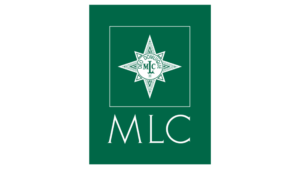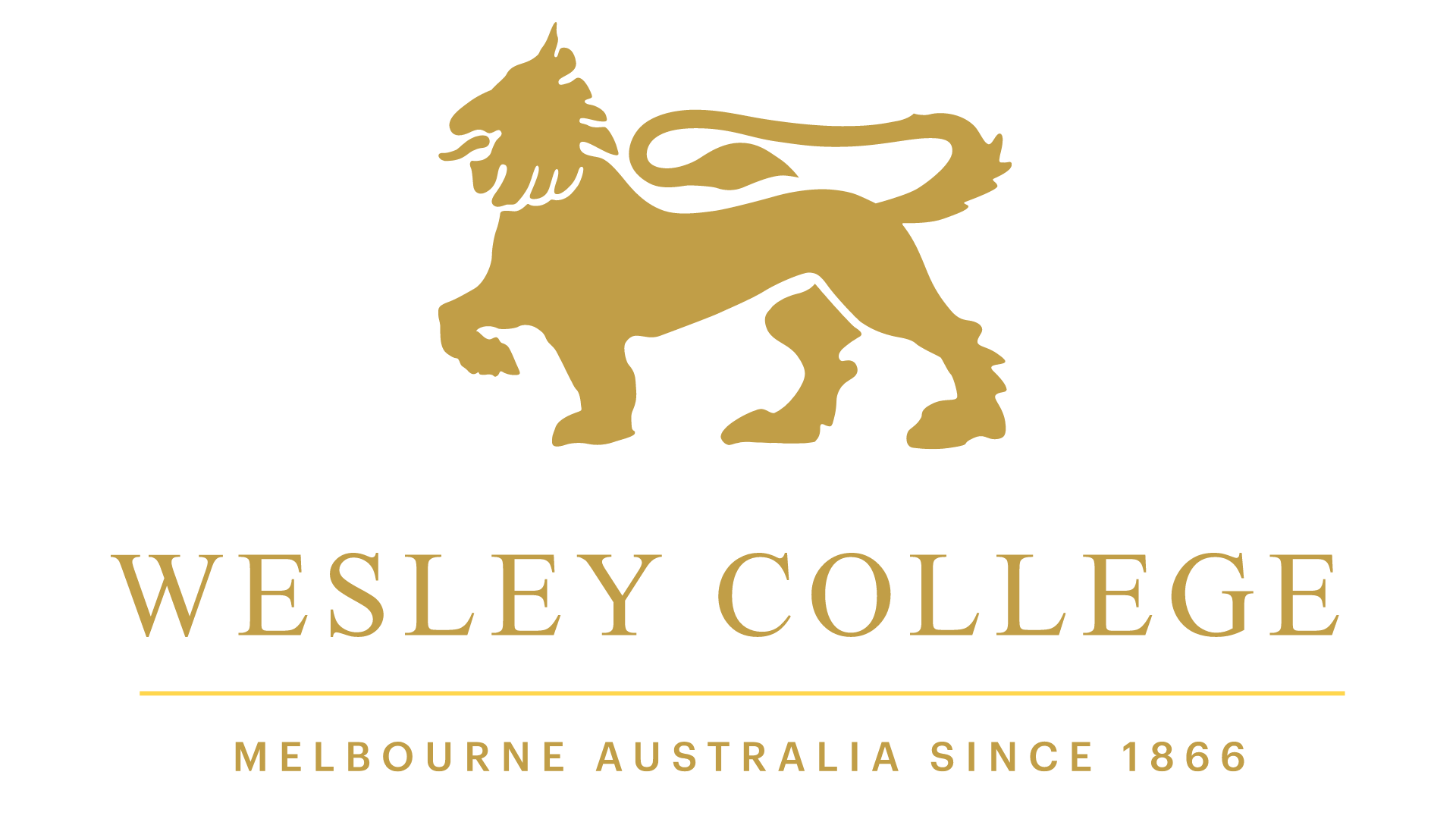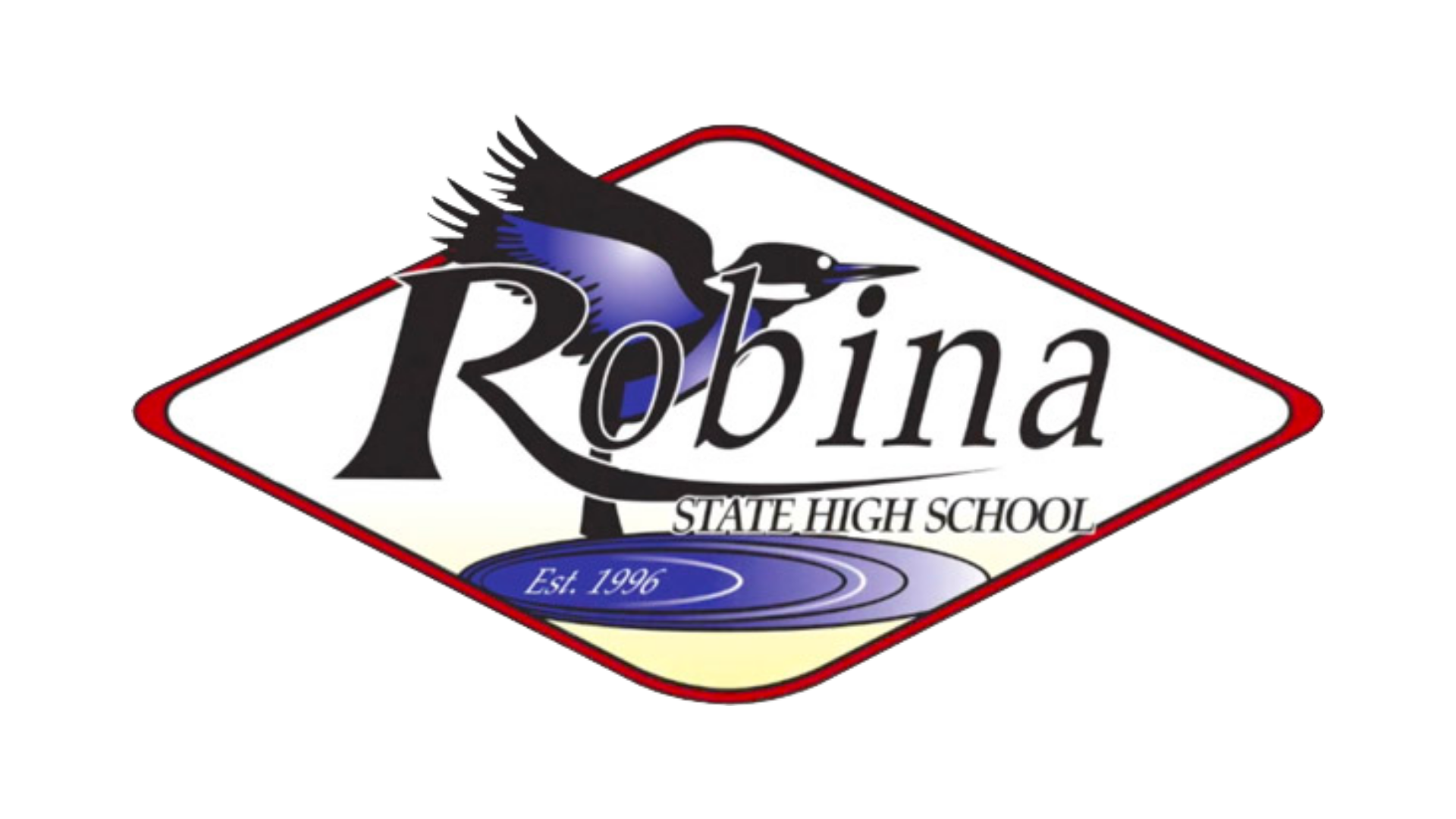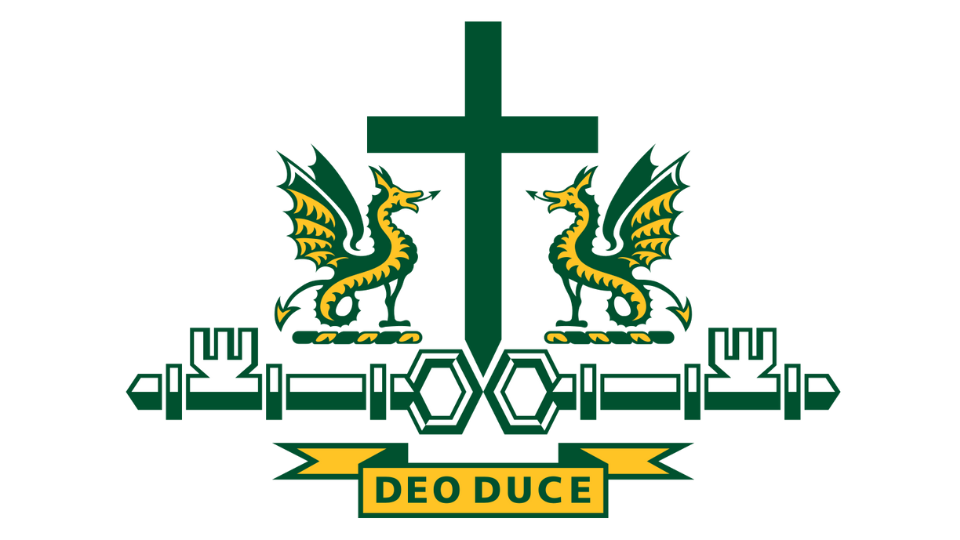How Our Transformative Tutoring Program Enhances
Science, Humanities & Other Subjects

OUR TRANSFORMATION PROGRAM DRIVES CHANGE IN YOUR CHILD BY BUILDING THEIR ENGLISH & MATHS FOUNDATION
We improve your child's confidence, motivation, and grades in just 6 months.
Our 6-month Transformation Program is a game-changing transformative tutoring program unlike any other and is transforming students across Australia. Our program takes a holistic approach, boosting confidence and motivation, backed by research-based methods and educational psychology principles. We're not just about improving grades; we're committed to transforming lives and nurturing well-rounded, confident learners ready to tackle the challenges of the modern academic landscape.
We've made a strategic shift to concentrate solely on English and Maths, recognising their pivotal roles as the foundation of all academic subjects. We firmly believe that by enhancing students' comprehension, analysis, and communication skills through English and reinforcing their mathematical principles and problem-solving abilities, we empower them to excel in any subject.
Join us in unlocking your child's boundless potential across all subjects!
IN JUST 6 MONTHS, YOU AND YOUR CHILD WILL EXPERIENCE

Confidence

Motivation
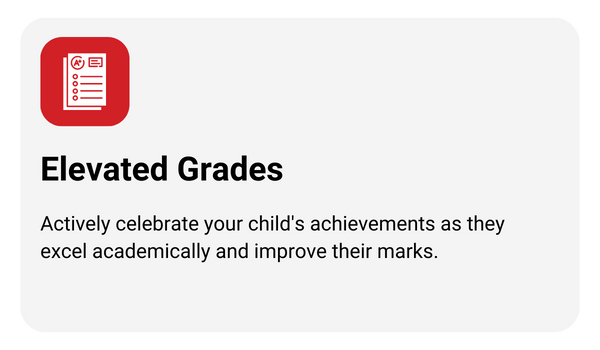
Grades
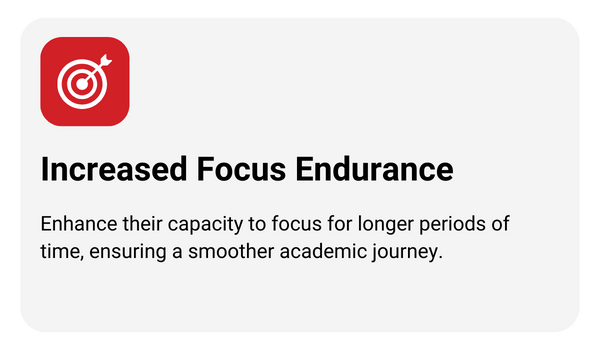
Focus

Skills
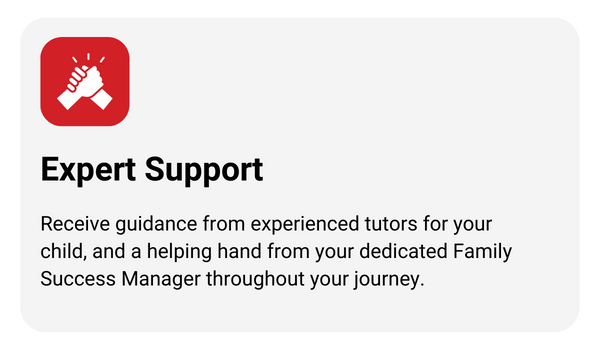
Support
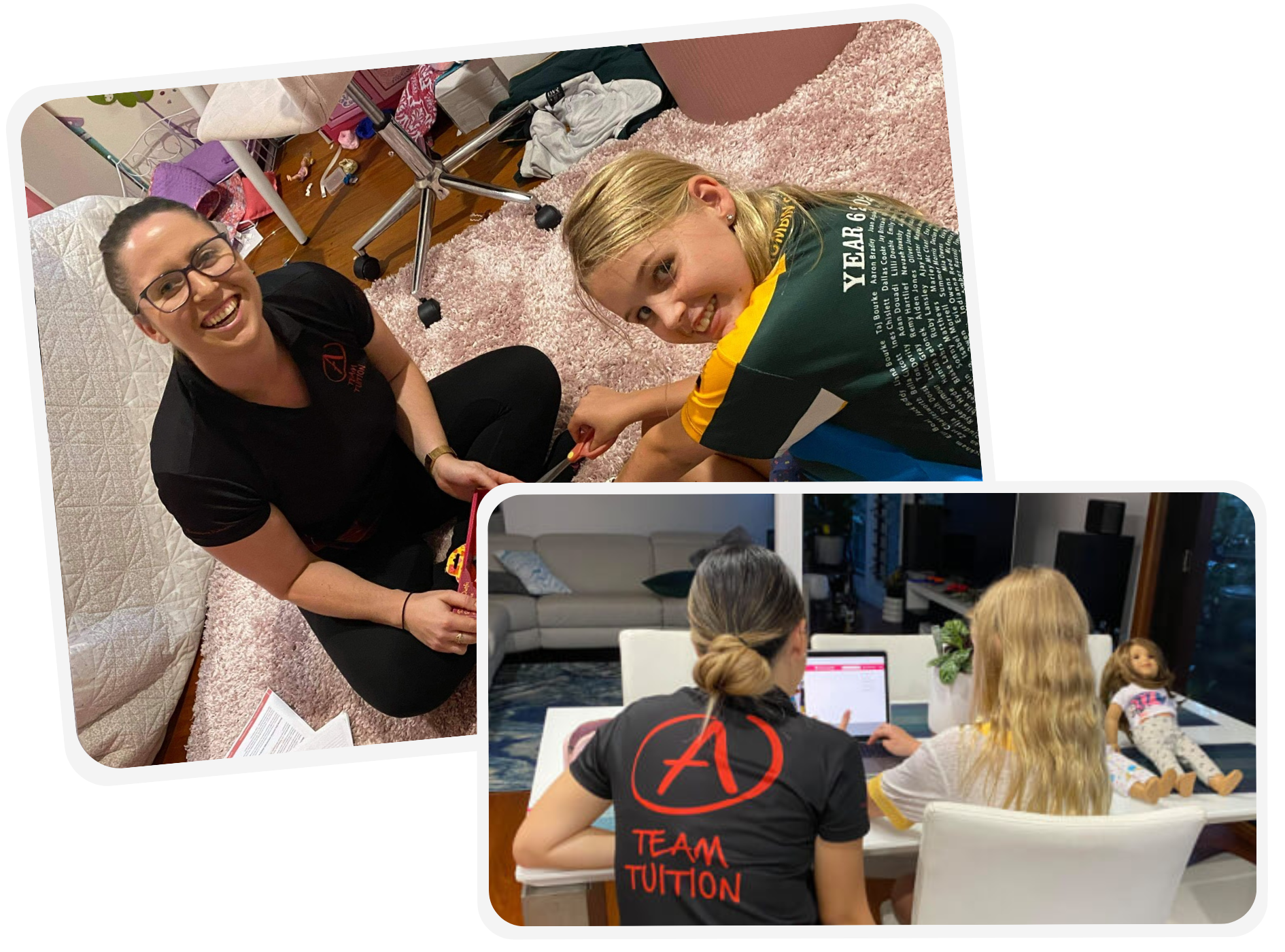
OUR METHOD
Transform Your Child's Mindset
Teach Your Child the Strategies and Skills to Becoming a Successful Student
Mentor and Guide Them to Improve Confidence, Motivation, and Grades
Ongoing Support For Your Family
THIS IS WHY WE DO WHAT WE DO
His APT had instant rapport with him and was able to get him to open up about things we had no idea on (despite asking what we thought were the right questions!). Our son’s teacher has already mentioned how much more focused he is and that his attention to detail is improving. We are really very impressed with A Team Tuition.
“Not only do the team at A Team Tuition improve grades, they also focus on the underlying skills and qualities of character required to continue on the right path in life.”
“Before Belle’s first tutoring session she was a little anxious and kept asking me “what will I ask her?”….”what will she do?”. After their first session, Belle is upbeat, positive, calmer and feels Jessica is a perfect match for her saying, “she’s just like me”. Thank you so much for making the effort to match Academic Personal Trainers based on personalities; it makes all the difference.”
“The word “Proud” doesn’t even come close to expressing how we felt last night at our daughter’s Awards Ceremony. The studying structure and skills she has developed since starting with the program has been invaluable.”
“Jasiel was very apprehensive initially, our APT encouraged Jasiel to speak about her math concerns and Jasiel soon felt a level of trust. The way our APT explained the concepts and encouraged Jasiel to participate was great and received by her very quickly. Our APT has a great approach, very warm, friendly and funny. He spoke about his love for math and his current studies which Jasiel was quite impressed with. I can see why you mainly use University students.
Jasiel is actually looking forward to ongoing sessions with her APT, he gave her such a boost to her confidence which has been so low, he didn’t question her lack of understanding or belittle her, he was so encouraging and supportive. He gave her tips, let her know what to put in her math workbook when she has her exam next week – a few “don’t forget” points. He was brilliant. After what I saw last night, I’m looking forward to seeing the end result in her overall school, study, motivation and confidence.”
“Alongside greatly encouraging improvement in his academic results, the most outstanding and important outcome has been enhancement of his self-motivation and drive, and even more importantly, development of his self-confidence.”
“I think I was so successful because my study routine and how I approached maths completely changed. I used to have a bad mindset and hated the subject, now I really try my best!”
Jess went from an E to B in Maths in just 8 weeks!
“Our APT was very warm and greeted the kids, and very actively listened to me as we interacted. The children loved the session with her. Our APT engaged them in many activities which I was extremely impressed with. I really liked how well prepared she was before the session.”
“In respect of Teliah, she has been fabulous. Matthew got his marks and went to a B+ in a subject he had been failing, and his other subject was an A which had been a B that they had been working on.
Teliah herself has been professional, a good communicator, has provided timely feedback and has been on time herself in every event – well presented and once she did the first session well researched in the work she has been attending too with Matty.
She has definitely been a credit to your organisation and has justified the marketing that A Team Tuition has in respect of improvement.”
The only tutoring company in Australia with official school partnerships
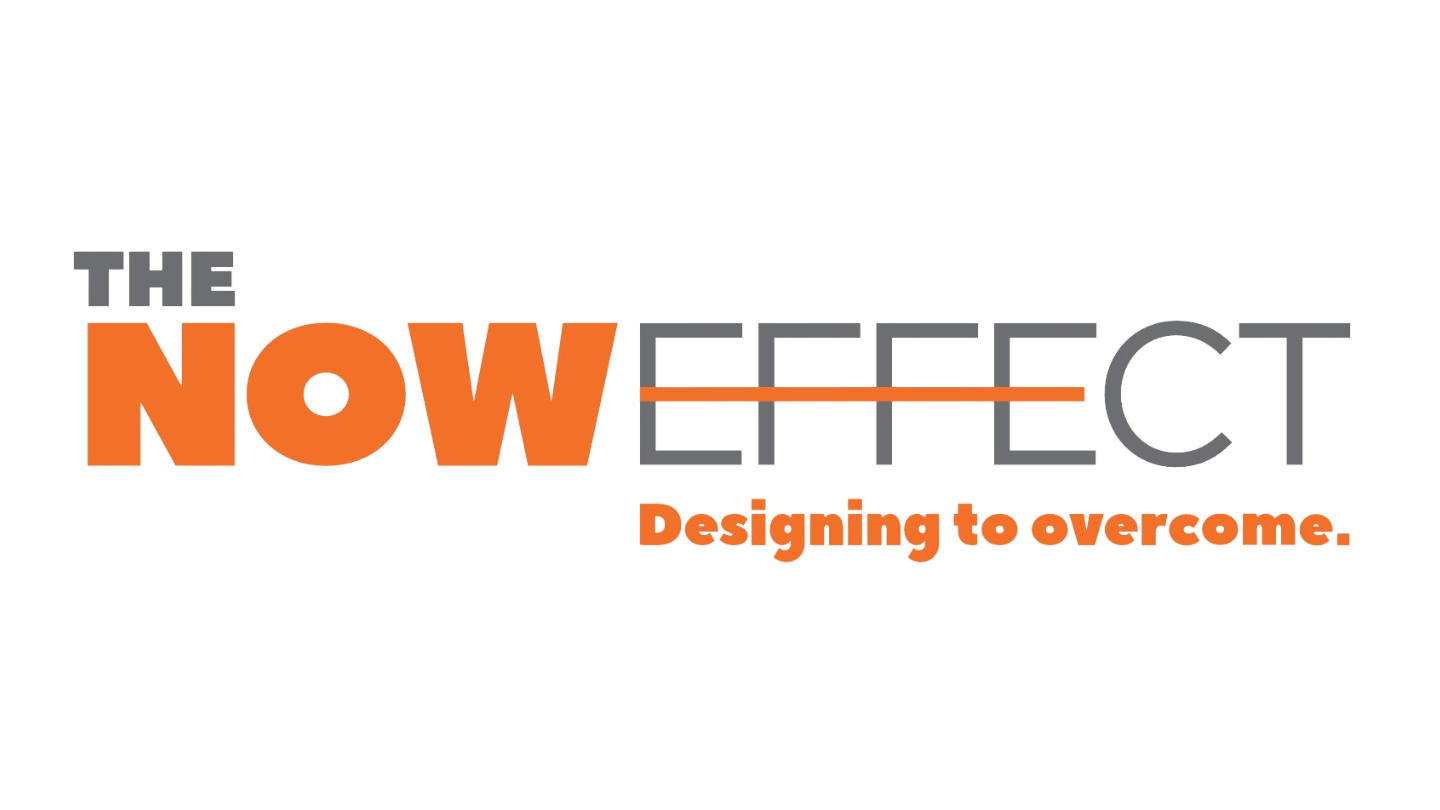
The Now Effect















